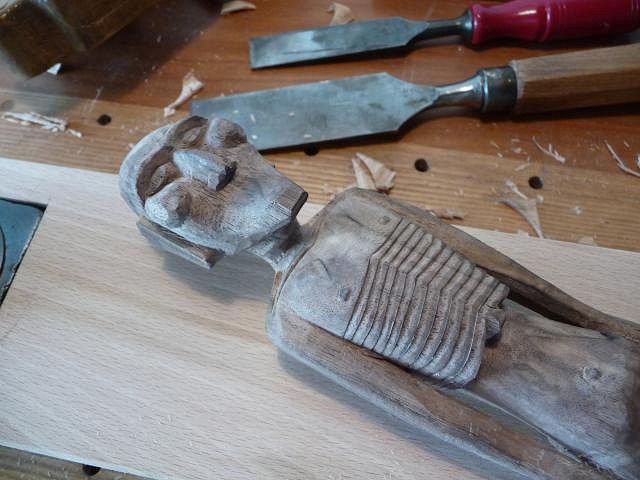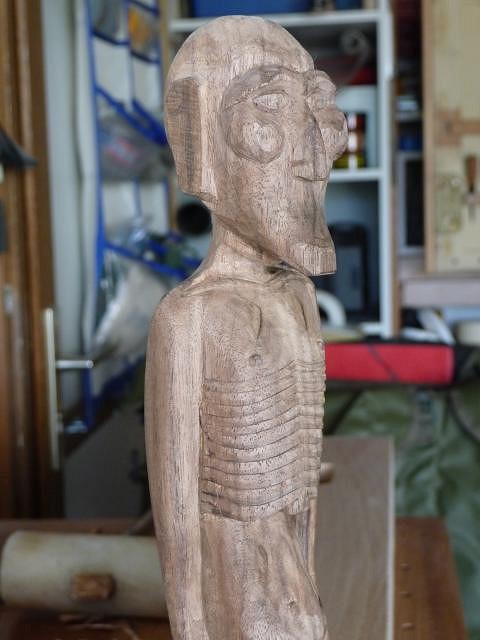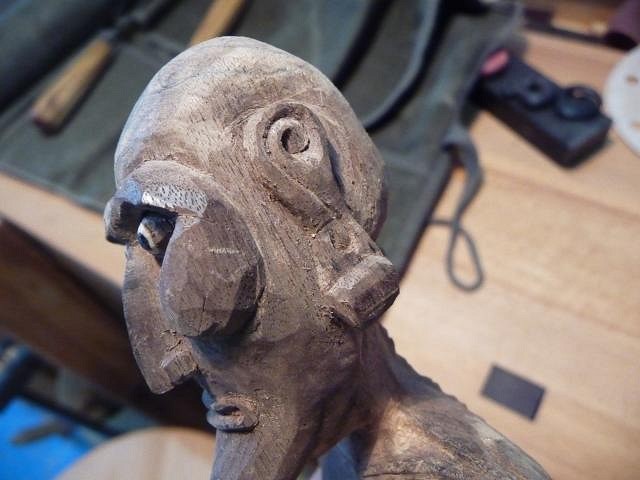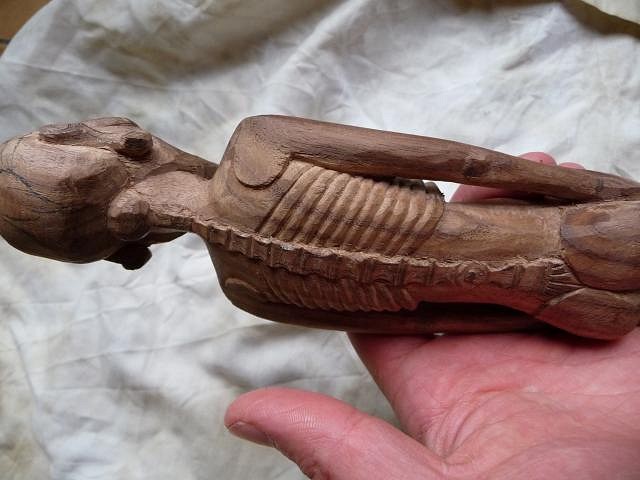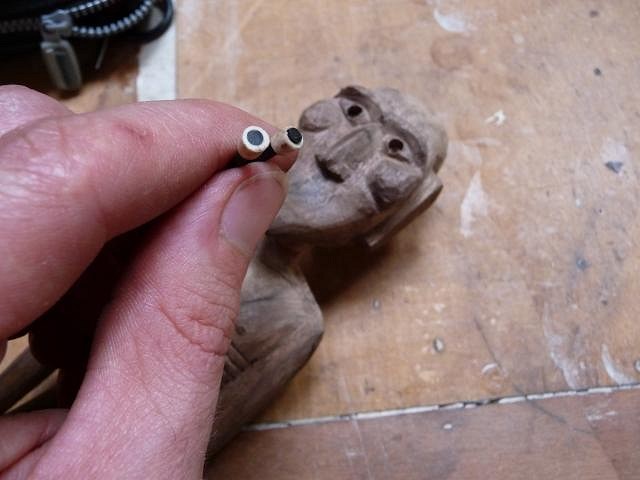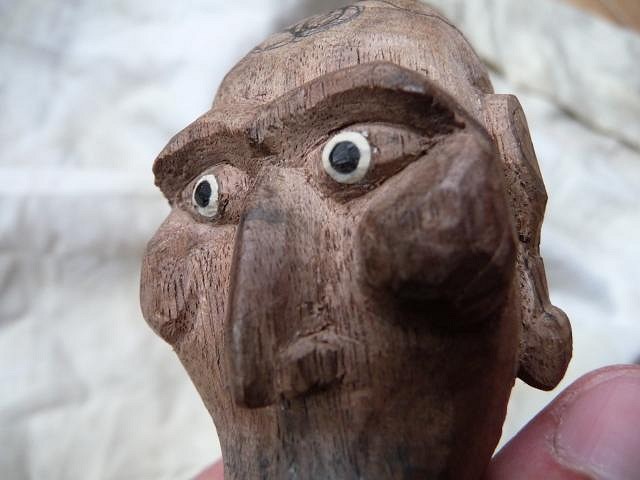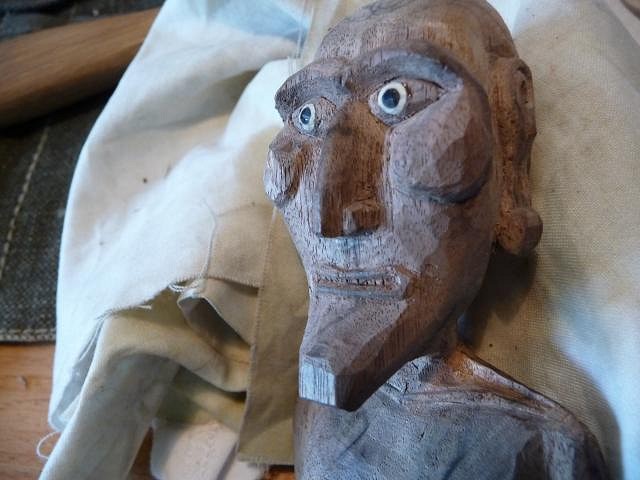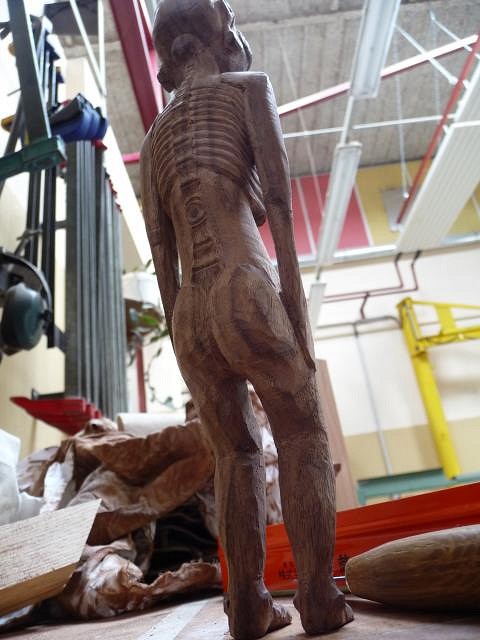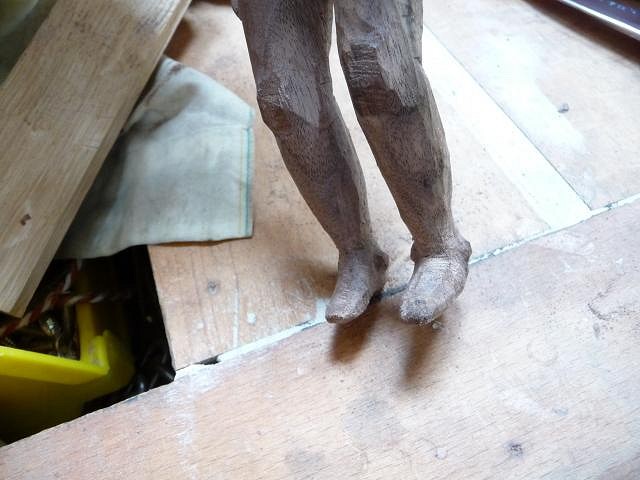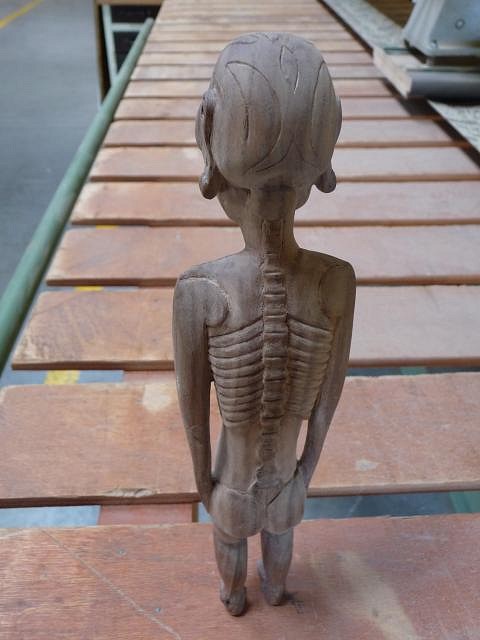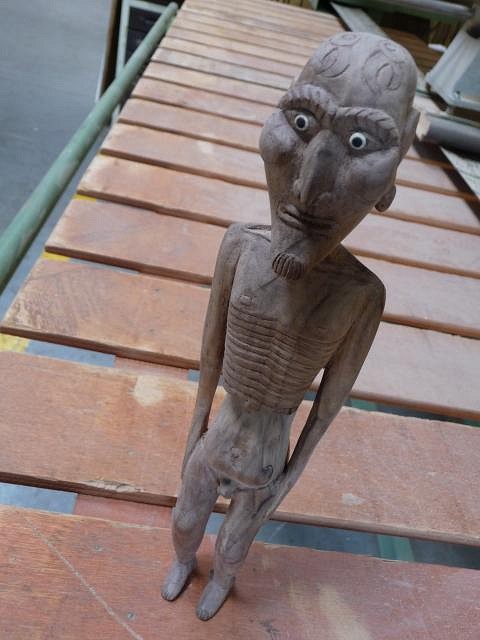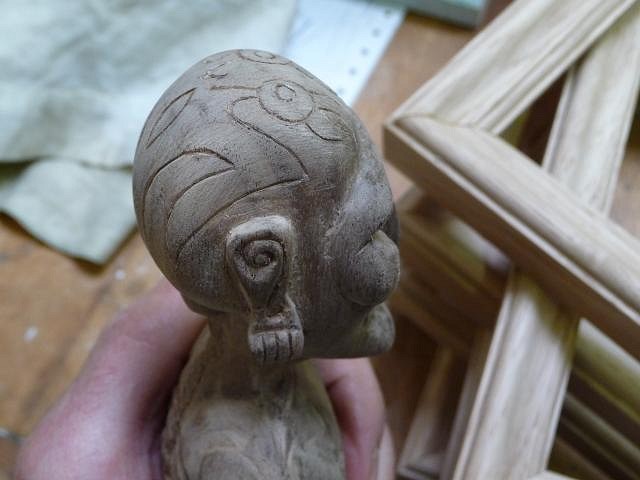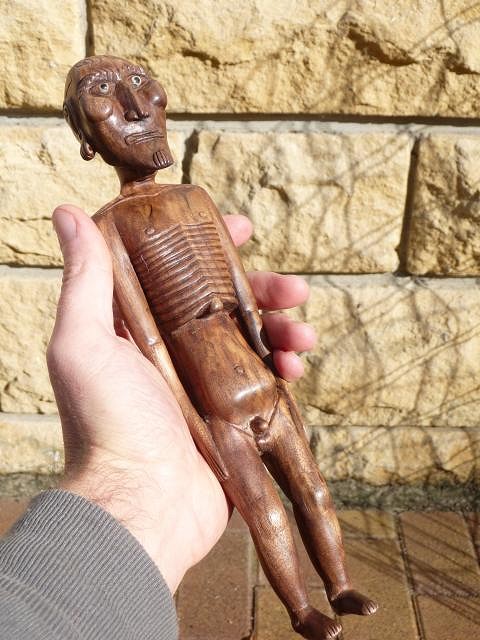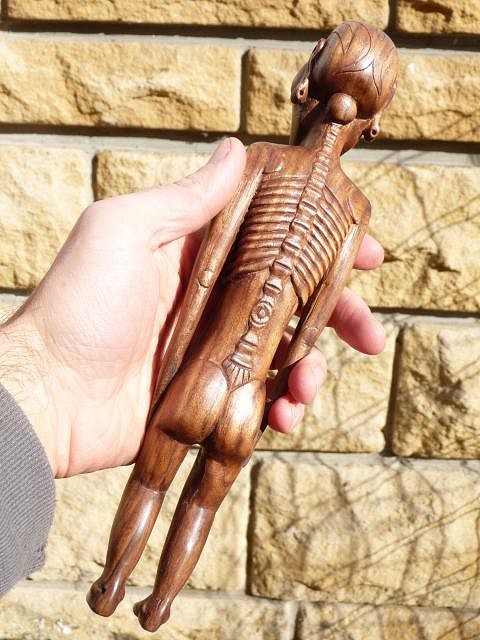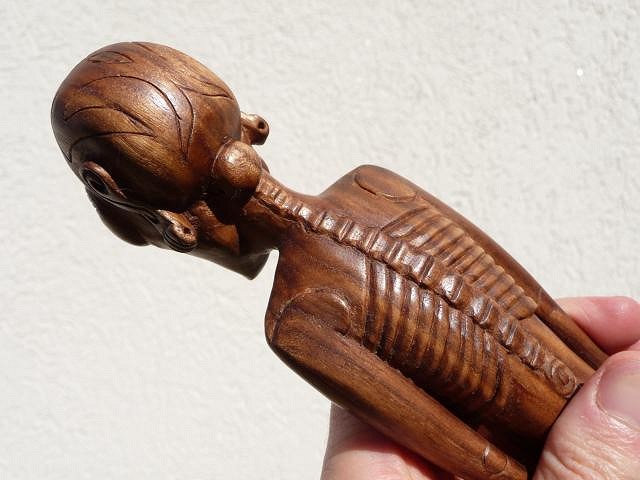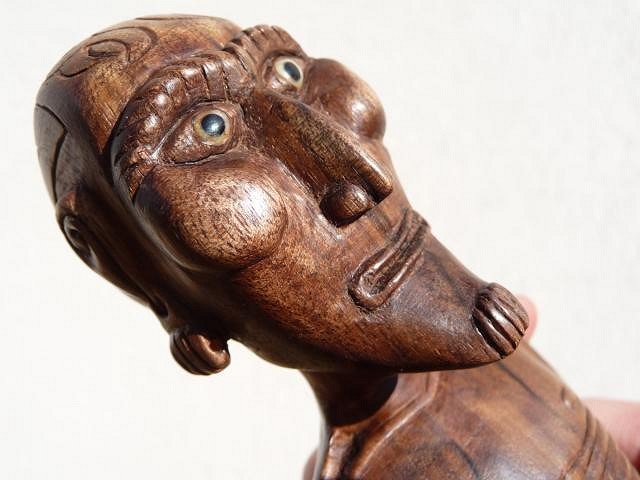Tiki Central / Tiki Carving / small wood carving from France. Short update last page
Post #489184 by laojia on Tue, Oct 20, 2009 12:48 PM
|
L
laojia
Posted
posted
on
Tue, Oct 20, 2009 12:48 PM
Hello TC'ers! Thank's for reply. BigTS: Thnx for enthusiasm and knd word! :roll: Bennno: What do you here, I thought meet Gmail!!! :lol: Thank's for reply bro' Kon-Hemsby: Thank's for the comp' ! BenZ: Hey sensei carver, :o it's too much honor for me with such compliments... Respect is first for you! Big Daddy: Happy to see you here! This is a bit thanks to you, I remember where come from that piece of wood... :wink: And I still have half! Tahitiki: Thank's for stopping here, me too I prefer free Kavakava... Clarita: Yes Kavakavenstein it's alive and free! But be quiet, after passed some month to carved him I'm sure I can control it... 8) Some month to carve him, but also somes pictures of the work in progress during this time ( in color ). I share these photos that can be used if other sculptors want to engage in this kind of work... The first steps are described HERE, bottom of the page. Then, the outline of the face, the ribs ears spine, it was a long evening drilling the eyes, making inlays with bones and african blackwood. There I sweated...
angry mouth, too small I think buttocks and legs feet, careful not to break... sanded engrave the head with twin tangatamanu Finishing hot linseed oil and polishing the(sunny)day after
This kind of sculptures are very specific in Polynesian art, we do not find anywhere else and many mysteries still prevail around this island lost so far in the east Pacific. Thank's for looking! Have a nice day! Jérôme. |

